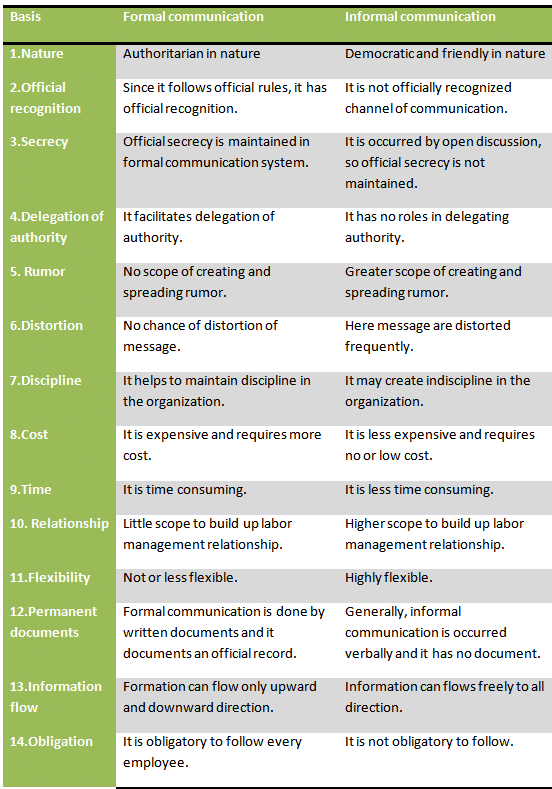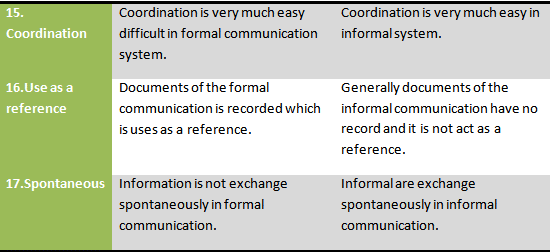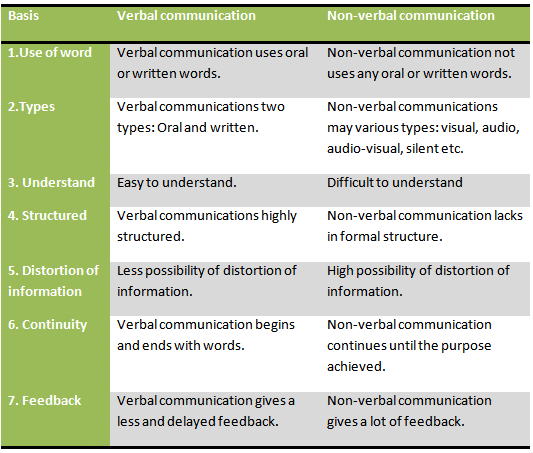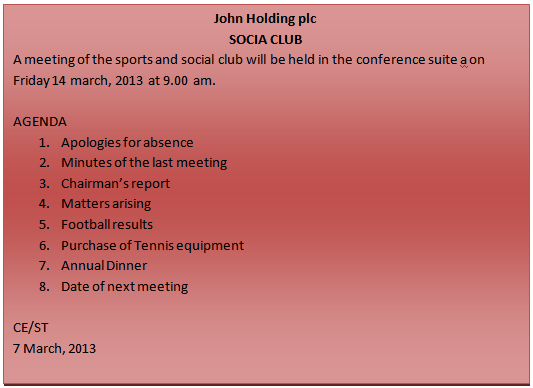Internal communication is a network of information flow system that bids the organization together in relational bondage. Internal communication refers to the internal participants of an organization. The main purpose of internal communication is to ensure smooth functioning of the organizational activates. Internal communication may be two types: Vertical and horizontal communication. Some important definitions of internal communication are as follows:
According to Rajendra pal and Korlahalli, “Internal communication consists of transmitting information within the organization.
According to Lesiker and Pettit, “Internal communication consists of the structured communication within the organization that directly relates to achieving the organization’s work goal.”
According to Bovee and others, “Internal communication is the exchange of message among organizational members.”
According to S. P. Arora, “Information exchanged among executives, officials and employees of a same organization is known as internal communication.”
So, internal communication is the process of exchanging information among the people of different level or internal participants within the same organization.
Features or factors or characteristics of internal communication
Internal communication should be such that it must be helpful to increase the efficiency of the organization. So, the following factor or features should be considered in respect of internal communication:
Clarity: Clarity means getting the meaning of messages accurately form the head of the sender into head of the receiver. Internal communication must be clear in meaning so that the receiver of the information can understand the subject matter of the information.
Simplicity and economy: The method or media and language of internal communication must be simple and less expensive. So, the sender should choose the best method to communicate internally.
Integrity: The integrity of the organization must be followed at the time of internal communication. It should be made through proper channel as required by organizational structure.
Attention: The receiver should give attention to the information received as quickly as possible. Such communication must draw attention of the respective employees.- Avoidance of unnecessary information: The information of internal communication must be concise. It should not be loaded with unnecessary information.
Informal means: Generally internal communication follows the formal rules to exchange information. Sometimes informal organization helps to make the internal communication effective.
Others: The information of it must be goal oriented, uniformity must be kept, and it must be helpful to external communication, avoiding information overload, mutual understanding and trust.
Nature of internal communication
Some important natures of internal communication are as follows:
Direction: There are some special directions of internal communication which are: (a) Downward (high superior to subordinates) (b) Upward (subordinates to superiors) (c) Horizontal (officials to officials of same rank).
Formality: Internal communication follows proper formalities as well as informal channels.
Specific purpose: The purpose of internal communication is to ensure effective and efficient management as well as smooth operations of the concern.
Frequency: One of the important features of internal communication is frequency of occurrence. It is associated with same day-to-day operations. The nature of information of internal communication is almost same in respect of every day activities.
Scope: The scope of internal communication is limited. Because, internal communication cannot take the form of mass communication as it is confined within the same organization.
What is Internal Communication? | Characteristics of Internal Communication



